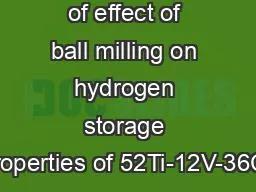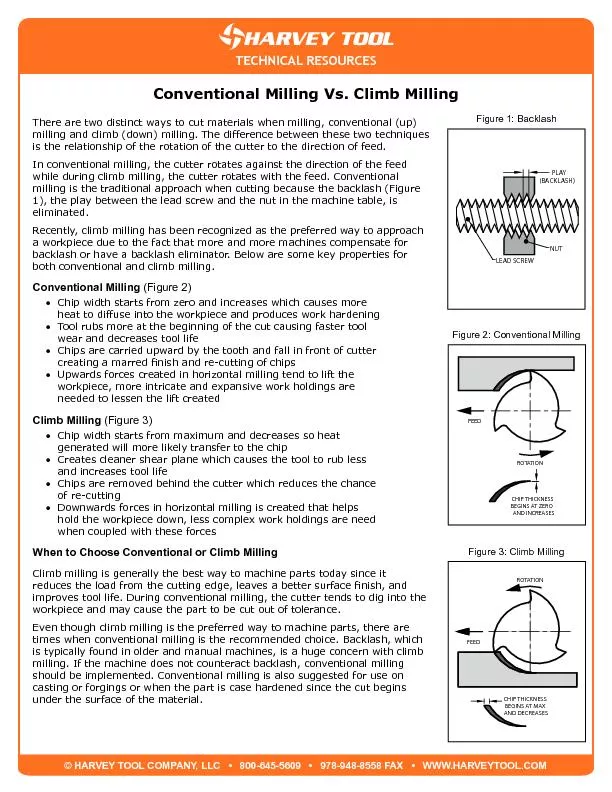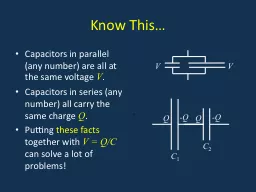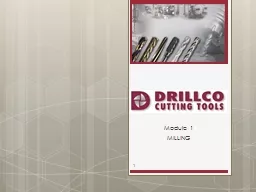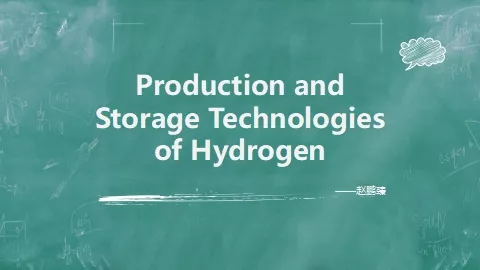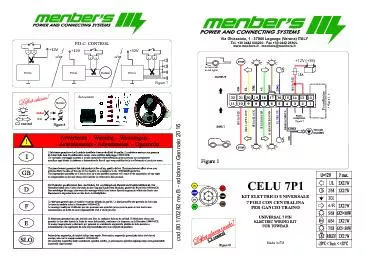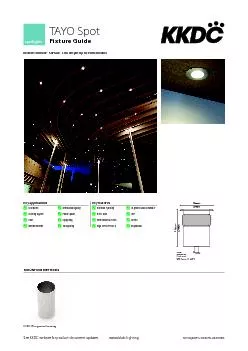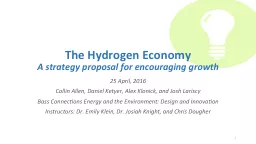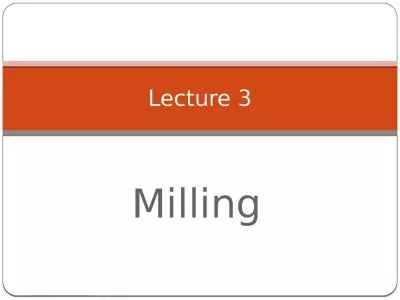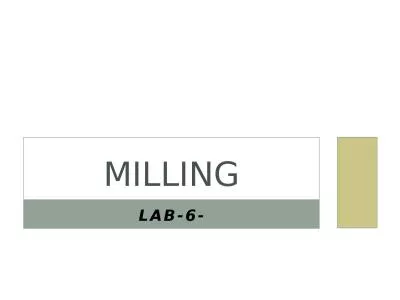PPT-Investigation of effect of ball milling on hydrogen storage properties of 52Ti-12V-36Cr
Author : carneos | Published Date : 2020-08-06
Amol KAMBLE 123 Jacques HUOT 1 Pratibha SHARMA 2 1 Université du Québec à TroisRivières Institut de Recherche sur lhydrogène 3351 boul des Forges
Presentation Embed Code
Download Presentation
Download Presentation The PPT/PDF document "Investigation of effect of ball milling ..." is the property of its rightful owner. Permission is granted to download and print the materials on this website for personal, non-commercial use only, and to display it on your personal computer provided you do not modify the materials and that you retain all copyright notices contained in the materials. By downloading content from our website, you accept the terms of this agreement.
Investigation of effect of ball milling on hydrogen storage properties of 52Ti-12V-36Cr: Transcript
Download Rules Of Document
"Investigation of effect of ball milling on hydrogen storage properties of 52Ti-12V-36Cr"The content belongs to its owner. You may download and print it for personal use, without modification, and keep all copyright notices. By downloading, you agree to these terms.
Related Documents

